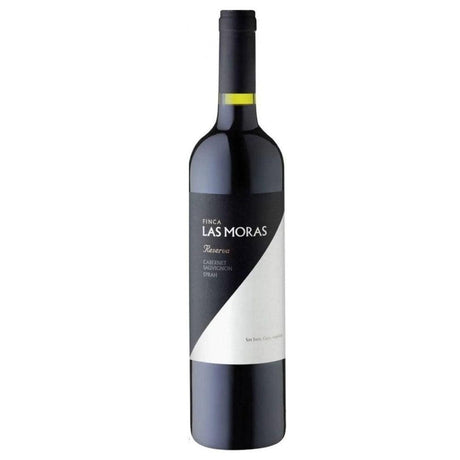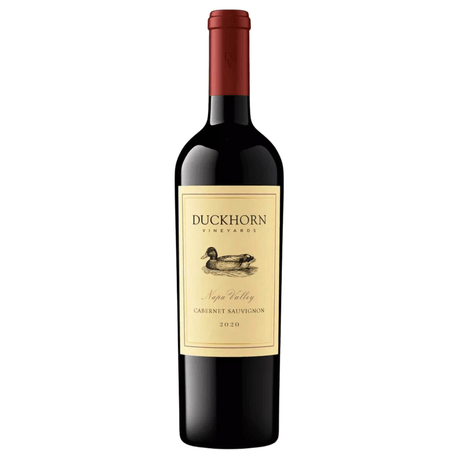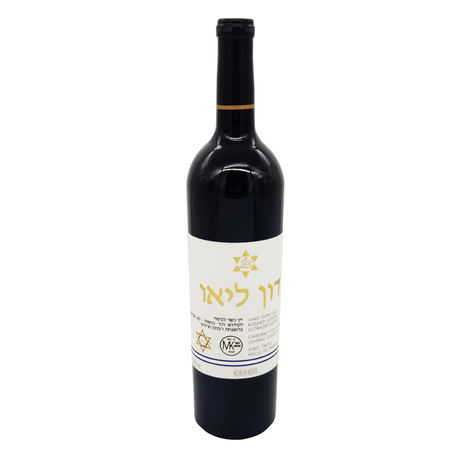Wine among gods, empires and ancient civilizations
Wine is not just a simple beverage: it's an ancient imprint of human ingenuity, a form of art, culture, and ritual that has accompanied the development of societies since their dawn. To understand its history, we must go back thousands of years, cross continents and civilizations, and see how each culture gave it its own unique meaning.
The first steps: the Caucasus and the Neolithic
The oldest archaeological evidence suggests that wine originated approximately 8,000 years ago in the Caucasus region , in areas that today correspond to Georgia and Iran . Ancient vessels have been found there with tartaric acid residues, a biochemical "signature" of wine, indicating that grape juice was already fermented at an early stage.
The transition from wild grapes to cultivated vines was a decisive step: humans stopped depending on the randomness of nature and began to domesticate them, selecting genetics that favored better yields in flavor, sugar, and resistance.
Mesopotamia, Egypt and the first ceremonial wines
As the first farming communities flourished in Mesopotamia and the Tigris-Euphrates Valley, the first wine fermentations emerged as a cultural component. In ancient Egypt, wine was a sacred beverage, associated with funerary rituals and divine offerings. Hieroglyphics depict wine jars in royal tombs, and wines were imported from the Levant.
In religious texts like Genesis, the act of planting a vineyard after the Flood becomes symbolic: Noah plants vines on Mount Ararat and becomes intoxicated with the wine it produces. This connection between wine and the sacred crosses cultures.
Greece, Rome and the Mediterranean expansion
Greece was a key civilization in the consolidation of wine as a social and cultural element. Wine was present in philosophical banquets, religious rituals, and mythology: Dionysus , its god, represented sacred intoxication, fertility, and liberation.
The Greeks domesticated the vine, developed organized viticulture, and expanded cultivation across the Mediterranean through colonies. Rome inherited this tradition and spread it throughout Europe: it introduced wooden barrels, the use of vine grafting, commercial transport with amphorae, and systematic vineyard design.
During the Roman Empire, wine stored in wooden barrels and underground cellars became an everyday consumer good, a status symbol, and a popular cultural symbol. Christianity incorporated wine into sacramental rituals, strengthening it as a religious emblem.
The Middle Ages, religious orders and the preservation of wine
With the fall of the Roman Empire, vineyards did not disappear: Christian monks in European monasteries continued to cultivate vines and perfect winemaking techniques. Monasteries became guardians of wine, developing cellars, barrels, and preservation methods.
During the Middle Ages and the Renaissance, wine-producing regions such as Burgundy, La Rioja, and Burgundy gained traction thanks to the influence of the Church and European nobility. Wine ceased to be merely a ritual and became part of court banquets, international trade, and royal celebrations.
Arrival in the New World
When the Spanish conquistadors planted vineyards in the Americas, wine also crossed the ocean. In the 16th century, grapevines were introduced to Mexico, Chile, Argentina, and Peru, adapting European vines to the Latin American climate. Since then, new terroirs have emerged, and wineries that are now internationally recognized have established themselves.
Wine has traveled a millennia-long journey from the vessels of the Caucasus to modern glasses—and each bottle holds a story worth telling. Today, that legacy lives on in every sip.
Explore our wine collection – Vinosylicores.com and discover labels that pay tribute to centuries of tradition, art, and passion for the vine.










